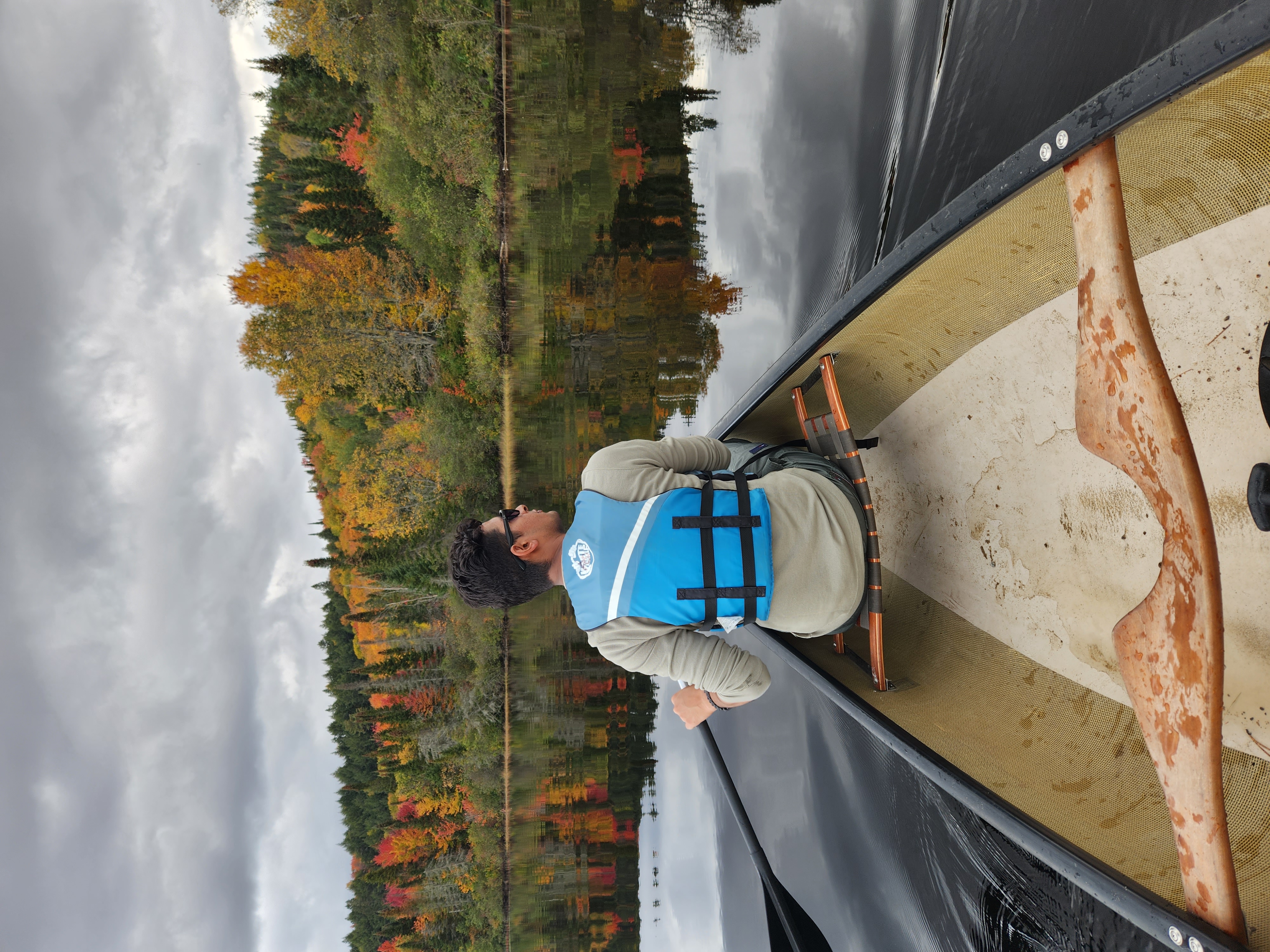Canada’s long-awaited decision to purchase the F-35 Lightning II fighter jet from the United States marks a major milestone in modernizing our air capabilities. After decades of debate and delay, the move signals that Canada is finally taking its air defence and Arctic security more seriously. However, while the F-35 offers advanced capabilities and a significant leap in technology, it cannot single-handedly meet Canada’s growing defence and sovereignty challenges.
If we look at the future of Canada’s security environment ,especially in the Arctic and the Indo-Pacific , it becomes clear that a mixed fleet strategy is not only practical but necessary. Canada must think beyond prestige purchases and focus on operational readiness, affordability, and long-term sustainability.
The Case for the F-35
The Lockheed Martin F-35 Lightning II represents a fifth-generation fighter with unmatched stealth, situational awareness, and network-centric warfare capabilities. For Canada, this means:
Interoperability with Allies – The F-35 is already the primary fighter jet for the United States, the United Kingdom, Australia, and several NATO allies. This ensures seamless integration during joint operations and exercises.
Stealth and Surveillance Capabilities – The Arctic, which is becoming a zone of renewed global interest, demands aircraft that can operate undetected, track multiple targets, and conduct long-range surveillance. The F-35’s advanced sensors and radar-evading design make it a natural choice.
Technological Leap – The F-35 brings advanced avionics, AI-assisted targeting, and real-time data sharing , capabilities that Canada’s current CF-18 fleet cannot match. This positions the Royal Canadian Air Force (RCAF) for future warfare scenarios involving drones, electronic warfare, and hypersonic threats.
Economic and Industrial Benefits – Canada’s participation in the F-35 Joint Strike Fighter program gives Canadian aerospace companies access to maintenance, component manufacturing, and long-term contracts ,an economic multiplier that supports skilled jobs across the country.
However ,One Plane is Not Enough
Despite its strengths, the F-35 comes with high acquisition and maintenance costs, limited payload capacity, and operational challenges in extreme Arctic conditions. The aircraft’s sophisticated design requires long maintenance cycles and high infrastructure support, making it less ideal for all mission types , especially those requiring high availability and cost-efficiency.
In simpler terms: the F-35 is a high-end tool, but not a workhorse.
For a country the size of Canada , the world’s second-largest by landmass, with three oceans and a sparsely populated Arctic frontier , relying solely on one fighter platform is risky. Operational flexibility comes from having a combination of high-end and medium-end aircraft that can complement each other across missions.
The Arctic Factor
The Arctic must be at the center of Canada’s long-term defence planning. Melting ice, increased shipping, and rising global competition , particularly from Russia and China , are transforming the region into a new strategic frontier.
Maintaining continuous air patrols and rapid response capabilities across this vast, remote region requires numbers as much as advanced technology. A fleet of 88 F-35s may not be enough to cover both homeland defence and overseas commitments simultaneously.
Canada should therefore look at expanding its fleet size , and consider a tiered fighter approach:
The F-35 for strategic and high-threat missions (stealth, precision strikes, deterrence)
A reliable, cost-effective fighter for day-to-day patrols, training, and Arctic deployments
Options for a Complementary Fighter
Two practical options stand out:
Boeing F/A-18 Super Hornet (Block III) – Since Canada already operates the legacy CF-18 fleet, transitioning to the modern Super Hornet offers logistical continuity, existing pilot training familiarity, and a robust supply chain. Canada could negotiate to purchase the production line or license-build additional units to ensure availability until 2050.
Saab JAS 39 Gripen E (Sweden) – A highly capable and cost-effective multi-role fighter, the Gripen is designed for cold-weather operations and short runways , ideal for Arctic bases. Its lower maintenance cost and rapid turnaround make it perfect for patrols and quick response missions.
Either of these options, combined with the F-35, would give Canada a balanced fleet:
F-35s for high-end, stealth, and strategic roles
Gripens or Super Hornets for regular patrol, interception, and northern sovereignty missions
Thinking Long Term
Defence procurement in Canada is often slow, fragmented, and politicized. Major projects are announced, paused, and re-announced depending on who is in power. This short-term thinking undermines national security planning.
Canada needs a long-term defence and Arctic strategy that spans multiple governments , a 25-year vision that commits to fleet renewal, Arctic base expansion, and domestic ship and aircraft production.
A strong national defence policy must go beyond symbolic purchases. It should ensure Canadian industry participation, local maintenance capabilities, and sustained troop presence in the North. The Arctic will define Canada’s strategic position in the 21st century , and we must prepare accordingly.
Conclusion
The F-35 purchase is a crucial and overdue step forward, but it is only the beginning. Canada must think strategically, not symbolically. The combination of advanced technology and fleet numbers will determine how effectively we defend our airspace and Arctic interests.
Investing in Made-in-Canada capability, expanding Arctic deployments, and procuring a dual-tier fighter fleet will give Canada the flexibility and readiness it needs. The future of national defence depends on our ability to balance sophistication with sustainability , and above all, to think long term.













